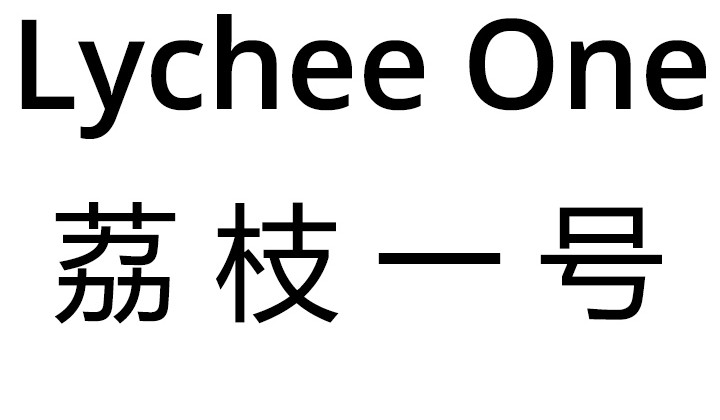Looking out of place
Chantal Faust
Catalogue essay: Cate Consandine, Cut Colony, Art Gallery of New South Wales, Sydney, 2012.
When its two ends are joined together, a cut piece becomes a loop. The looped cut of a filmstrip or video file forms a circuit that can replay a recorded moment for eternity. If the beginning and endpoints correlate there will be no glitch, no jump and no sign of the joining stitch. In Cut Colony, Cate Consandine presents two such ongoing moments with two cuts that have been cleanly fused together so that they perform a kind of eternal image of the body, one that is normally associated with sculpture.
The medium is video, yet there is a sculptural sensibility implicit in these works. The sculptor freezes an impression of time and perspective into an image. In Cut Colony, performing figures are moving yet fixed within the brackets of an edit. Through technology, a section of time is carved into a whole. In sculptural terms it is part video in the round and part moving relief.
What other kind of ballerina-torture device could be capable of condemning a nude dancer to spin in the desert for eternity? Even the plastic whirling tutu inside a music box achieves rest once the lid is closed or the wound-up rendition of Tchaikovsky’s Swan Lake finale winds out. It is in fact an earlier scene from that famous ballet that is recalled in this work, presenting us with an endless fouetté, a movement that shares its name with the French word meaning ‘to whip’. This is a spectacular display of bravura, a difficult and impressive step. The dancer turns, her leg extends, lashes out and then whips back as she rises en pointe. No less than 32 fouettésen tournant (turning fouettés) are performed by the black swan Odile, working to entrance both the poor Siegfried and the audience with her impressive extended virtuoso display of strength and endurance.
For all her nakedness and perhaps because of it, Consandine’s dancer makes a muscular and powerful figure in this arid landscape of the Mundi Mundi Plains, just north of Broken Hill. Each whip of her outstretched leg appears to be tracing the horizon that she spots and then swivels away from, cutting her gaze at every turn like an extended blink. A vertical column of swivelling flesh, her body is strangely familiar within this setting.
This image hovers like a sorry apparition born from the dust of the nearby Silverton ghost town, once home to the Wiljakali people who were driven from the land and replaced by a failed mining enterprise. Possessed and dispossessed, her verticality draws a line both across the horizon and between the sky and the sand. She is like the feminine figure of the axis mundi, a cosmic column that is believed to stand at the centre of the world. In mythology, this middle kingdom represents an umbilical link between heaven and earth. As a known and measured starting point from which to venture outwards, it is the mark of the settler and the settled around which the world revolves.
As though a human drill, the looped cut of the dancer pivots and grinds. Despite its incessant repetition, this is an act that will never come any closer to penetrating the earth’s surface and so undresses any notions of forming a fixed attachment to a sacred site. She may well perform her pirouette for eternity, whipping the clouds as her shadow scratches the dirt, but this will always be from the condition of being an outsider. It is an uncanny spectacle of a foreign plant as Archie Roach sang in Native born, looking out of place.
The dancer is not alone. Looking out from a parallel loop, two young men stand thigh deep in the Menindee Lakes. The freshwater streaming from the Darling River forms a pulsing ground that is framed by long fingers of grey bark against a thick sky so low it appears to angle straight out from the horizon. The figures are eerily still and the wet fabric cave between their legs that is pushed along with the tide is the only apparent movement attached to their bodies.
The men’s unwelcoming stares are predatory and persistent. To fixate with the eye in such a manner, to look too long and too hard at a desired subject is unnerving. Stock-still and rooted like the bare trunks surrounding them, they are also stuck within the vista of our look. It is a standoff between the viewer and the viewed. Amplified and projected, as a virtual reenactment the power lies with us.
A certain sense of both anticipation and restraint resonates within the scene. Arms crossed and chest bared, there is a boyish bravado at play. They are local mine workers, but like the dancer, they do not emit a great kinship with their surroundings; rather their gaze is perhaps awkward, even shy. Bodies sliced by the milky water, they appear somewhat stranded and uncertain. Watching buoys.
Consandine offers a beautifully staged paradoxical play with binaries of wet and dry, male and female, the viewer and the viewed, culture and nature between these two works. Both images have figured in her imagination for some time and by giving them form, she shares a curious display of bodies and politics and the Australian landscape. What does it mean to belong to this place? What can it mean to belong to no place? Spinning and waiting, whipping and watching, in tandem they carve out an outlook that is most unsettling.
- Chantal Faust 2012
